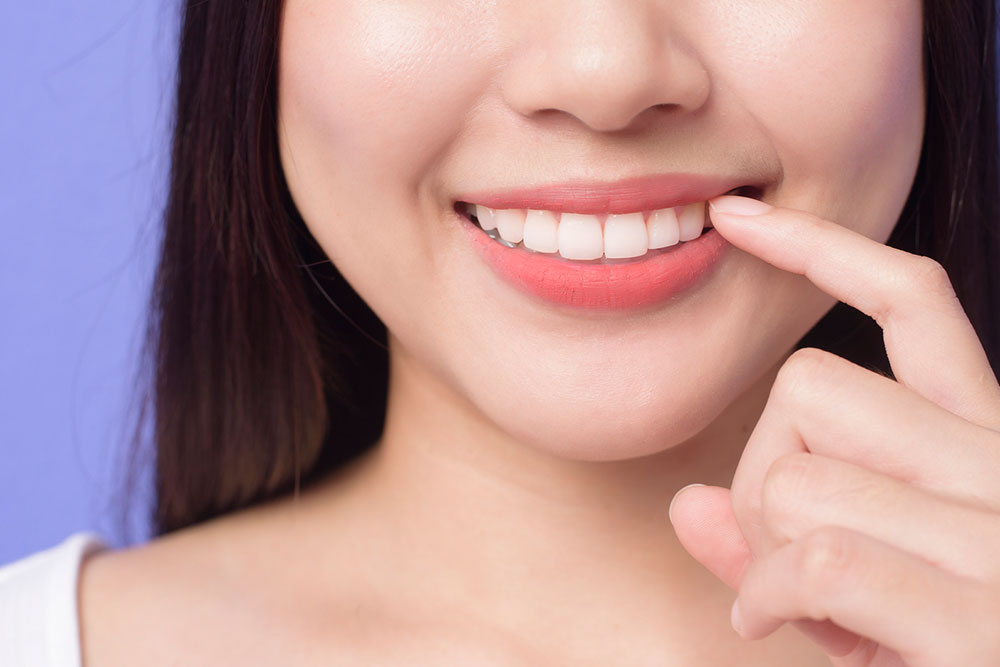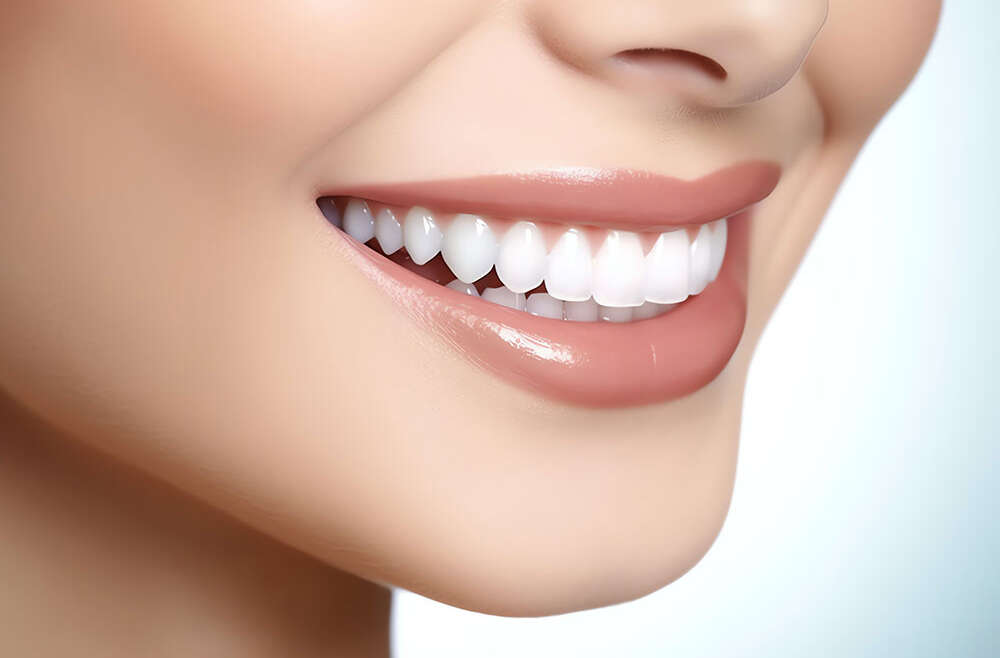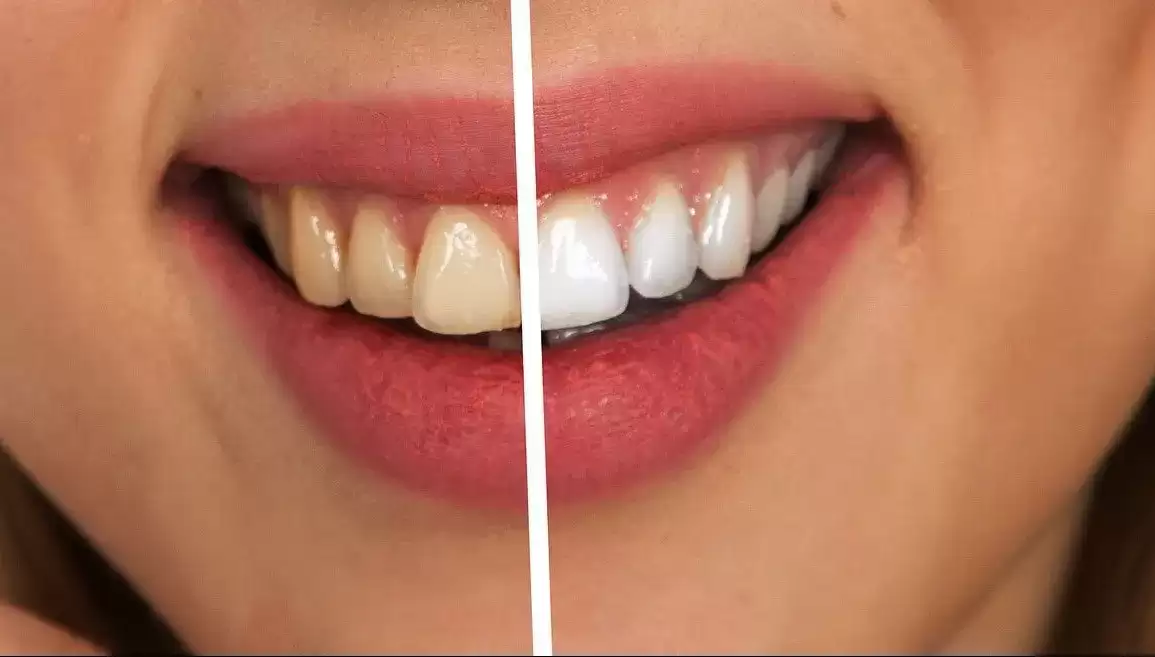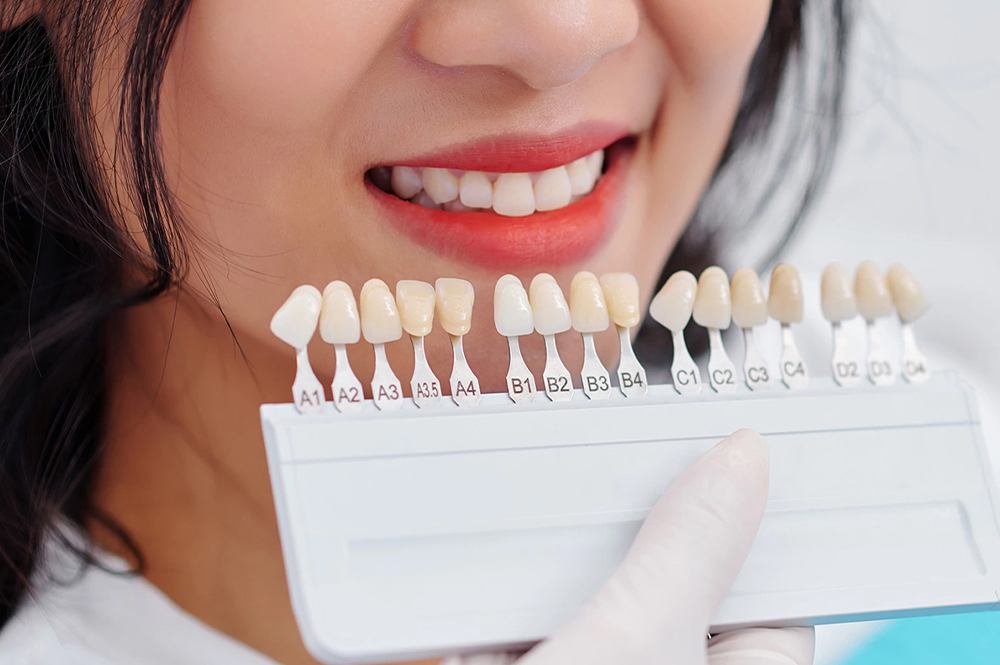Social feeds are full of shortcuts that promise a brighter smile by the weekend. Some give a fleeting lift. Others sand away enamel, inflame gums or leave lingering zingy teeth. If you are weighing home hacks against proven care, this guide explains what to avoid, what may be harmless in moderation, and what actually works for sustained, even whitening. Readers looking at options for teeth whitening Melbourne will also find tips on choosing safe treatments without blowing the budget.
Why DIY whitening goes off track
Tooth enamel is tough yet finite. Many viral methods work by scraping or etching the surface rather than changing the internal tooth shade. Abrasives can create micro‑scratches that collect stain later. Acids soften enamel, which makes any scrubbing that follows even harder on the tooth. Peroxide gels can lift internal pigments, but the concentration, fit of trays and contact time need control. Guesswork leads to patchy colour and sore gums.
Trends to avoid
- Bicarb and lemon juice pastes
The mix feels effective because the acid roughens enamel and the powder polishes it smooth. The “clean” look fades as enamel thins, and sensitivity often follows cold drinks. - Charcoal powders
Dark powders can be highly abrasive. They may strip surface stain while wearing the enamel near the gumline, where discomfort tends to flare first. Many lack fluoride, so they do nothing for remineralisation. - Hydrogen peroxide rinses
Swishing straight peroxide is unpredictable. Soft tissues can sting and you will not get even contact. Peroxide works best in measured doses with a delivery system that keeps gel on the teeth and off the gums. - Purple colour correctors
These pastes can temporarily neutralise yellow tones, a bit like a filter. They do not remove stain or shift the underlying shade. - LED gadgets without proper gels
The light alone does very little. In clinic, lights are paired with regulated gels and gum protection. At home, weak gels waste money and strong gels without isolation risk chemical burns.

What is reasonable at home
You can manage surface stain with a low‑abrasive whitening toothpaste. Check the RDA rating and avoid products that feel gritty. Reputable whitening strips used as directed may lift the shade slightly, though edges and crevices can remain darker. The most reliable home approach is a dentist‑made custom tray with a regulated gel and clear instructions. That balance of fit and formula limits irritation and improves consistency.
The money question
Price often pushes people toward DIY, yet value sits in predictable results and low risk. When comparing teeth whitening cost Melbourne, ask what is included: pre‑treatment exam, identification of areas that should not be bleached, gum protection, expected shade change and follow‑up. A bargain kit that causes sensitivity or blotchy colour becomes expensive once you add the cost of fixing it.
How dentists make whitening safer
Dentists assess whether your stains are external, internal or mixed. They check for exposed roots, cracked fillings and porous enamel that may respond poorly. Peroxide strength and wear time are then matched to your teeth and schedule. Custom trays keep gel where it belongs and limit ooze onto soft tissue. In‑chair whitening uses higher‑strength gels with careful isolation to speed things up while protecting lips and gums. You get instructions for maintenance, which keeps the result looking natural rather than chalky.
Also Read: How Teeth Whitening Complements Dental Implants in Melbourne
Sensitivity: what is normal and what is not
A brief zing during treatment or a day after is common. It usually settles within 24 to 48 hours. Lingering pain, sharp twinges with room‑temperature water, or sore gums are warning signs. Stop, switch to a desensitising toothpaste with potassium nitrate or stannous fluoride, and check back with your dentist. Do not push through sensitivity with longer sessions. That only increases irritation.
Spotting marketing traps
Be wary of vague claims such as “dentist approved” with no named clinician. If a product will not list peroxide percentage or ingredients, skip it. Before‑and‑after photos that change lighting or lip position tell you little. One‑size mouth trays almost always leak gel onto the gums. If you are searching teeth whitening near me, spend a few minutes reading independent reviews and asking clinics about shade expectations rather than only speed.

Getting results on a budget
You can brighten safely without overspending. Start with stain control: thorough professional cleaning often lifts the shade a touch on its own. A short, supervised home course can then build to your target colour. Many clinics offer packs that include trays, gel and a review, which keeps things within budget teeth whitening territory while avoiding the pitfalls of guesswork. When you evaluate packages promoted as affordable teeth whitening, ask about the gel strength, the number of applications and the plan for dealing with sensitivity so you are comparing like for like.
When a single appointment makes sense
If you have a deadline, deep stain or little time for trays, in‑chair treatment can help. The cost of professional teeth whitening reflects the higher gel strength, the protective set‑up and the close monitoring throughout the visit. Many practices include a home top‑up kit so you can maintain results over the year without starting from scratch.
Final advice
Skip hacks that scratch, sting or promise impossible shade jumps. Choose measured whitening with known ingredients, proper fit and realistic goals. If a clinic promotes cheap teeth whitening, check the process, the products and the aftercare rather than the sticker price alone. Safe, steady change looks better and lasts longer. For those weighing options across the city, a brief consultation can save time, money and enamel. Ask the right questions, aim for a natural shade that suits your smile, and keep up with simple maintenance. With that approach, your whitening plan works for you rather than against your teeth.
Frequently Asked Questions
1. Are DIY methods like lemon juice, bicarb, charcoal, or straight peroxide safe?
No. Acids soften enamel and abrasives scratch it, leading to sensitivity and uneven colour. Peroxide without proper trays may burn gums. Results are fleeting and risks outweigh the gain.
2. How long do professional whitening results last?
Most people keep their shade 6–18 months. Habits like coffee, red wine, smoking, and hygiene matter. Occasional dentist‑approved top‑ups and periodic cleans help maintain colour.
3. What will my dentist check before whitening?
They’ll assess decay, gum disease, cracks, exposed roots, and existing fillings or veneers. Whitening won’t change restoration colour, so replacements may follow bleaching. It’s usually avoided during pregnancy and for people under 18.
4. What’s a sensible approach if I’m on a tight budget?
Start with a professional clean, then supervised home trays with regulated gel. Ask what’s included—shade assessment, instructions, and review—so you’re comparing like for like. Beware ultra‑cheap kits promising dramatic results in days.
5. How do I prevent or manage sensitivity?
Use desensitising toothpaste for two weeks before starting, then alternate nights or shorten wear time. Choose lower‑strength gel if prone to zingers. Apply fluoride after sessions, avoid very cold drinks for 24 hours, and pause if pain lingers.



